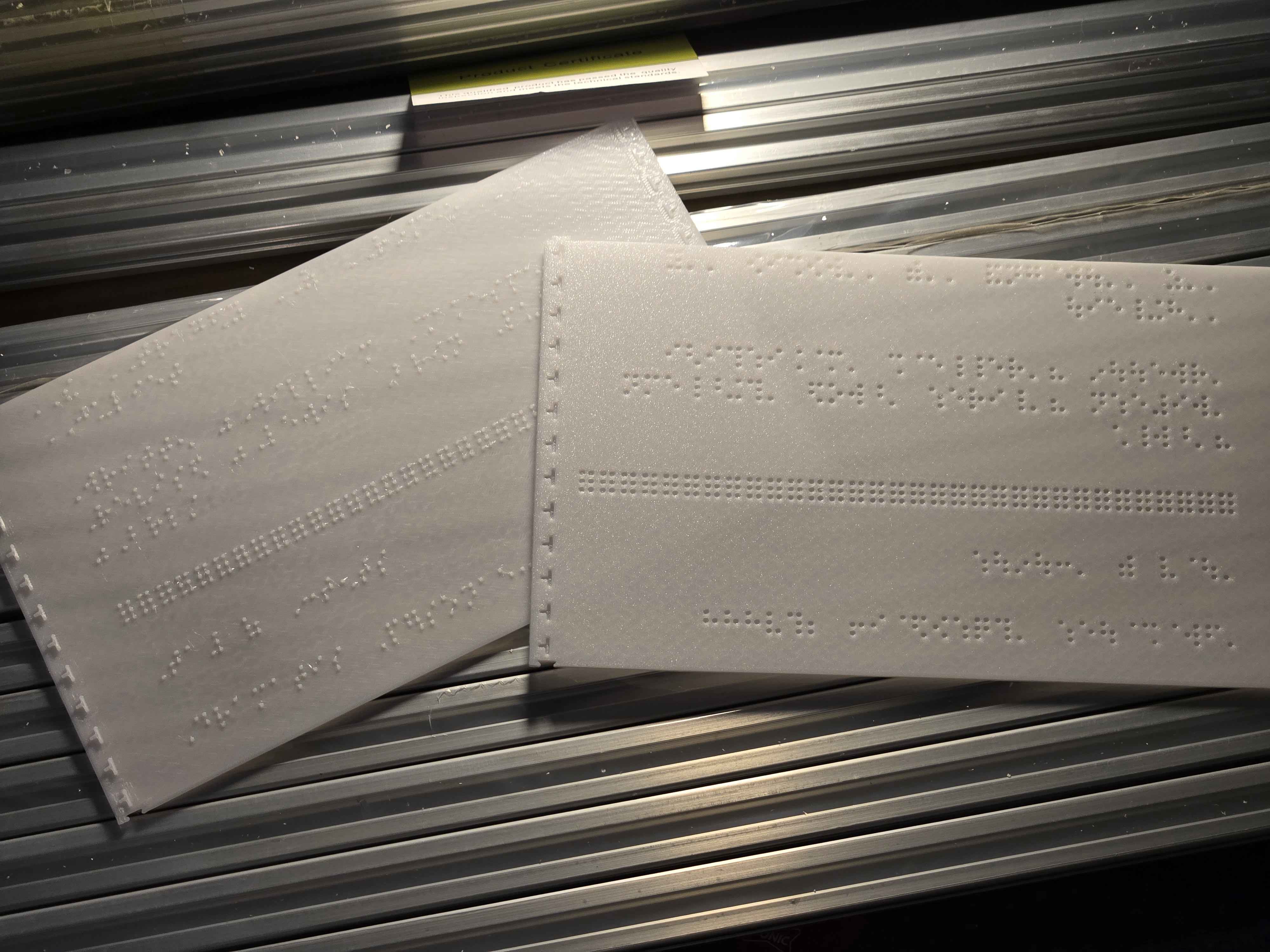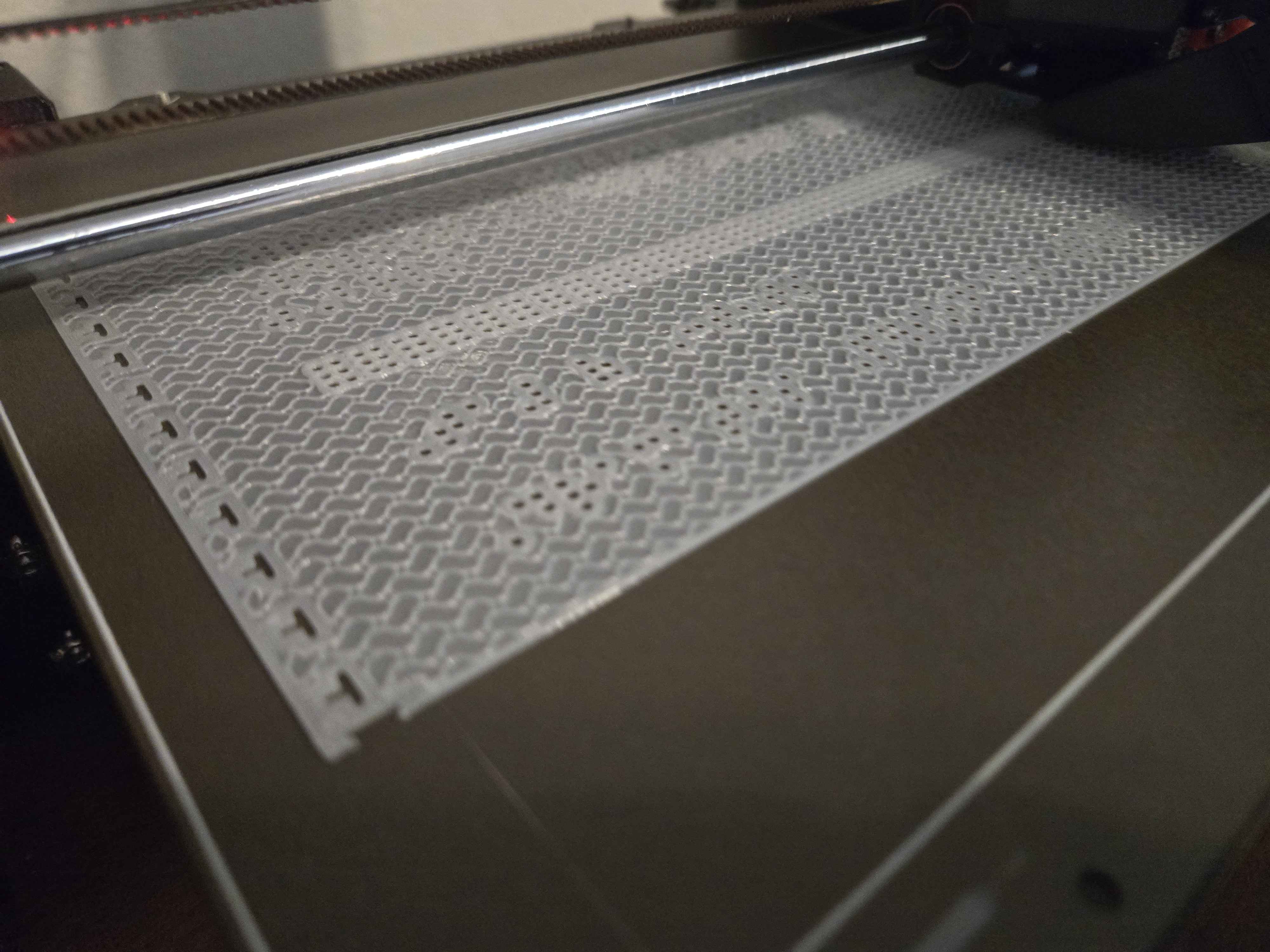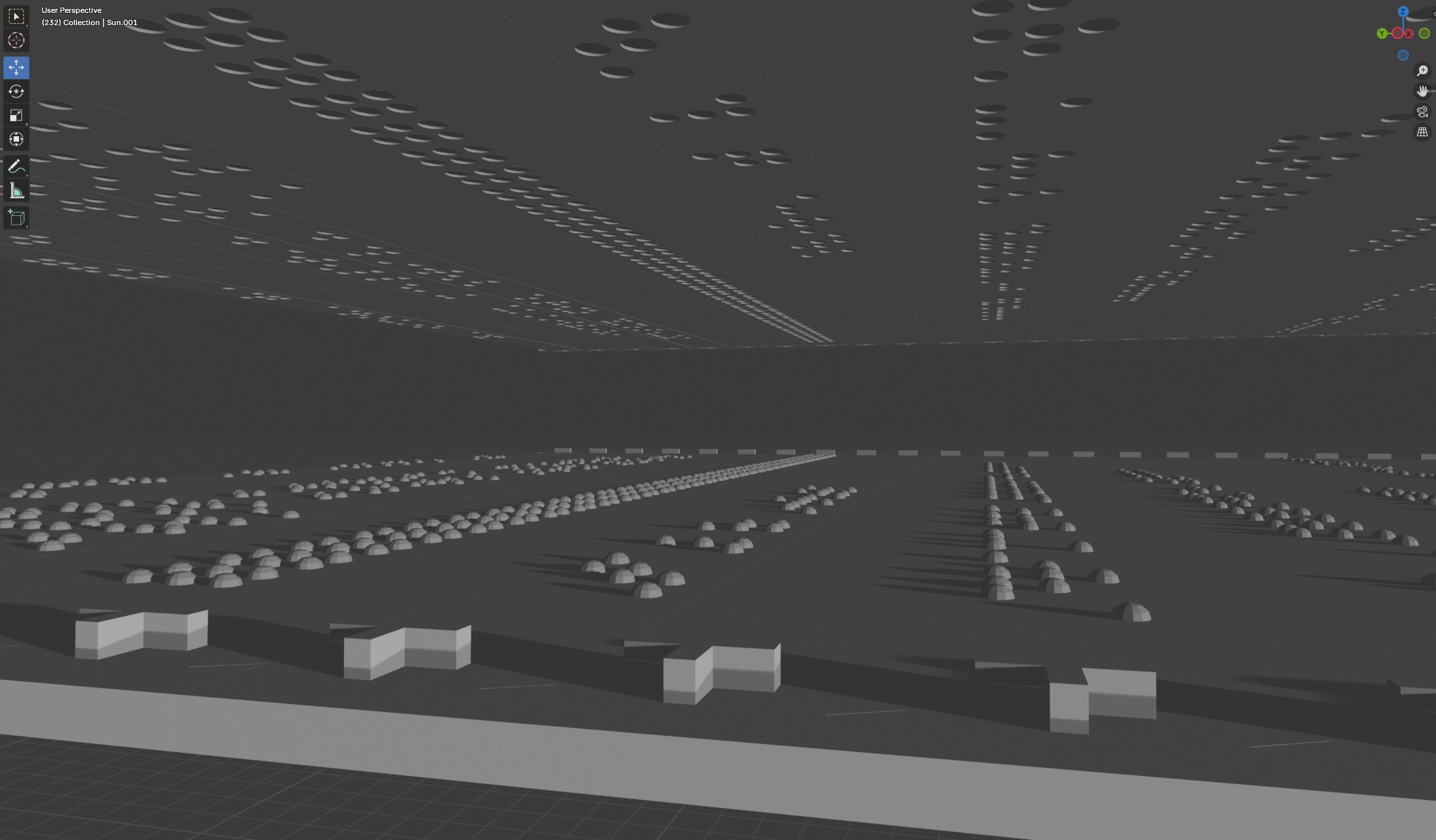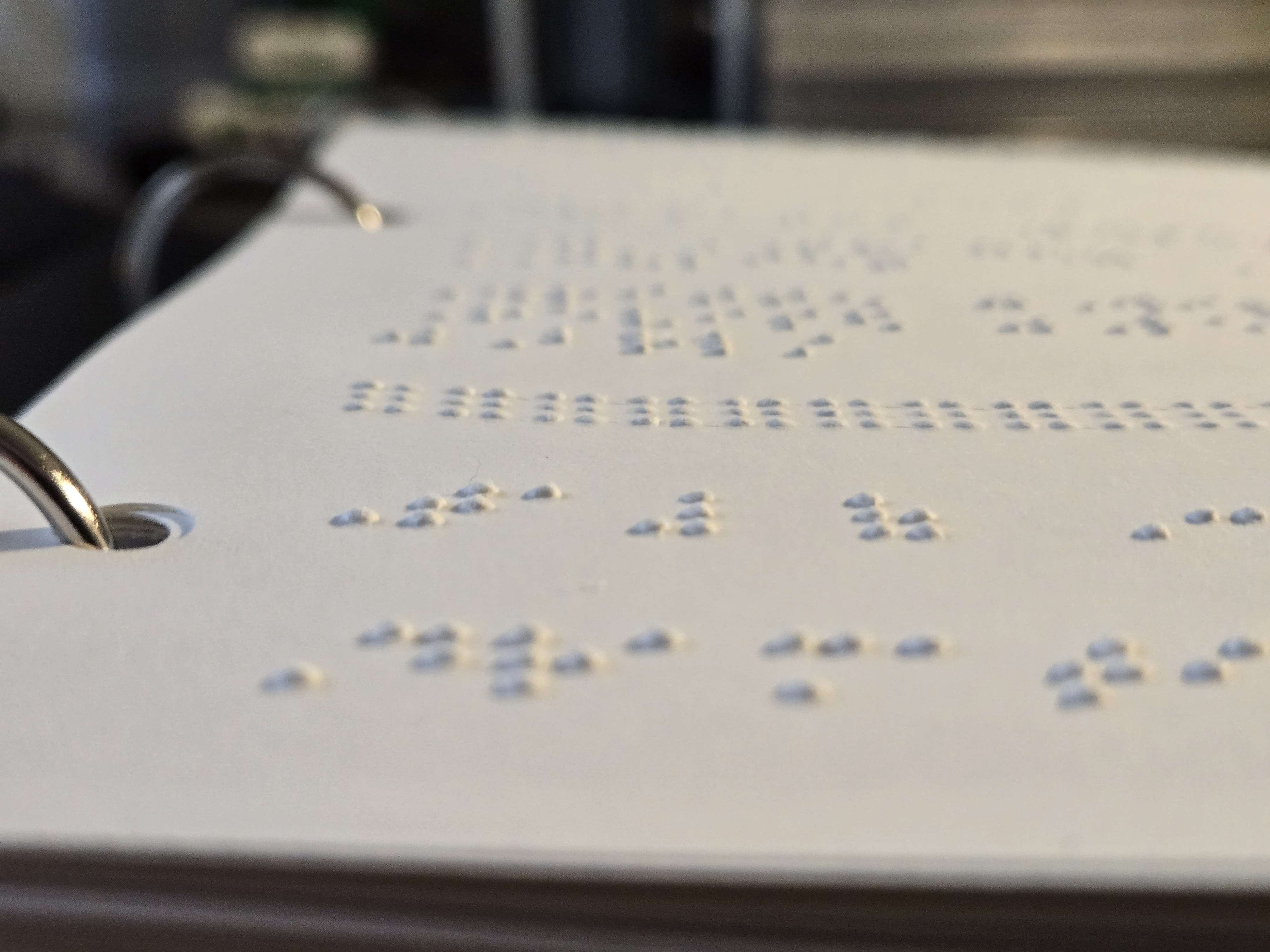
Let's cut to the chase.
We created some software to convert text into 3D printed molds.
A page mold costs ~1.50 USD in filament.
Molds for a 250 page book costs ~375 USD and requires ~1500 printing hours (@6hr/page).


A page mold is ~6 MB in size.
Molds for a 250 page book takes up ~1.5 GB of space.
Create stunningly precise works of art.
Repeatably and efficiently emboss entire pages at a time.

